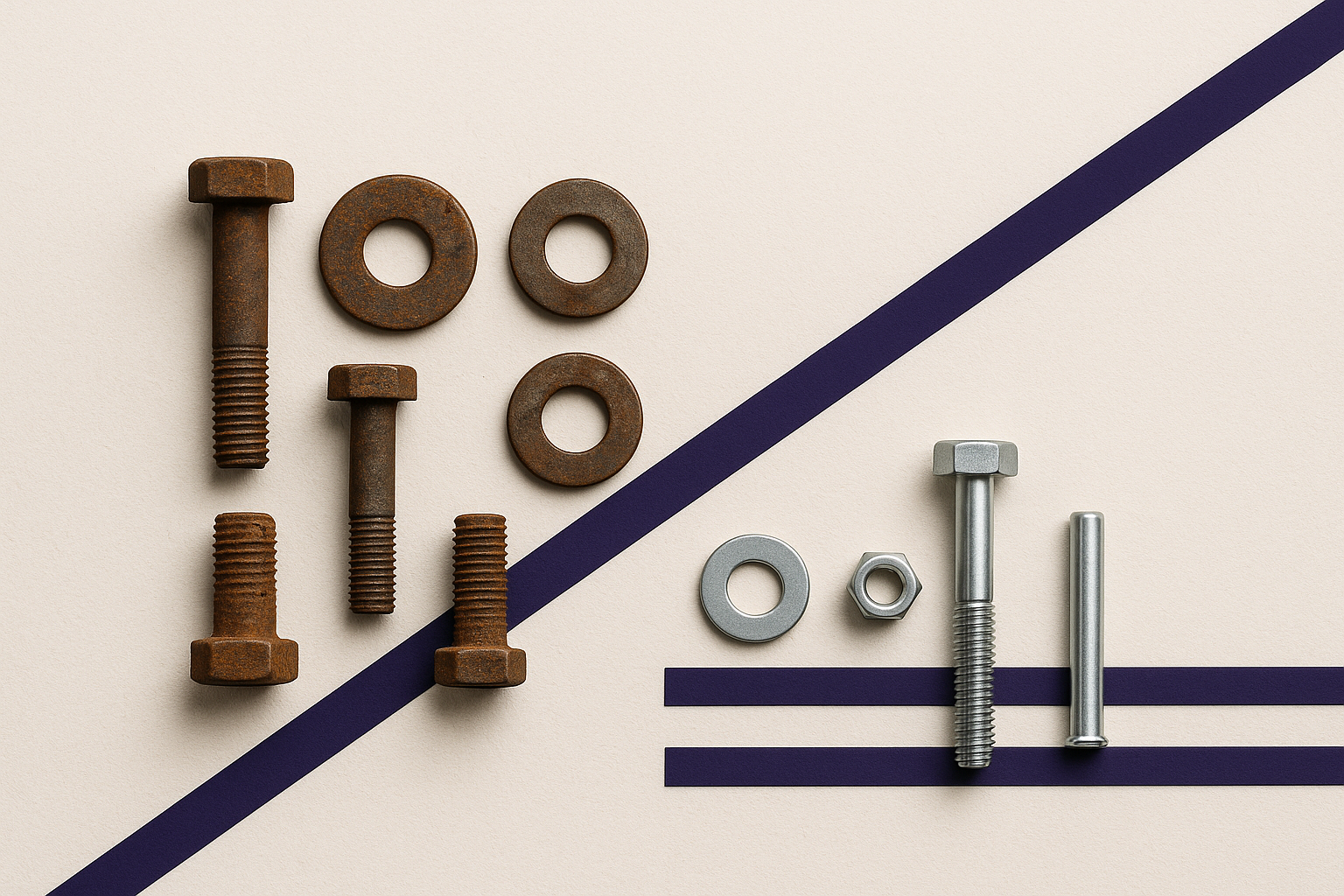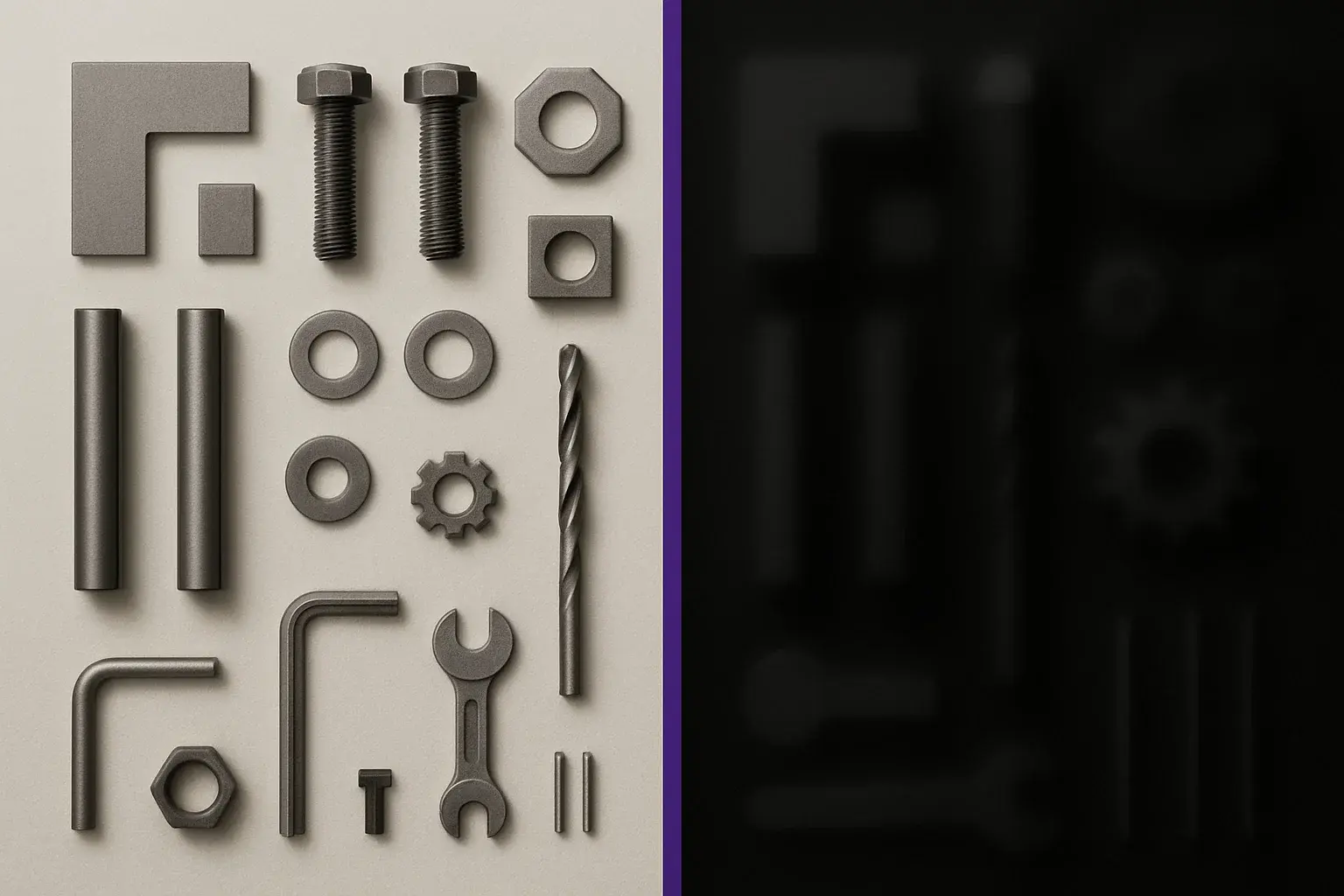How to Price Jobs for Profit, Not Just Survival
Many workshops underquote without realising it. This guide walks through key pricing levers, common mistakes, and a mindset shift to ensure every job adds to - not erodes - your bottom line.
Too many fabricators fall into the same trap: quoting low just to win work, then wondering why there's no money left at the end of the month.
It’s a race to the bottom. It’s not sustainable.
This post will walk through a simple, no-nonsense approach to pricing jobs properly so you’re not just staying busy, but staying profitable.
1. Start with Your True Costs (Not Just Materials)
If you’re only charging for steel, consumables, and a few hours on the tools, you’re leaving money on the table.
Factor in:
- Overheads (rent, power, insurance, etc.)
- Setup time and machine changeovers
- Idle time and rework risk
- Admin effort (quoting, chasing suppliers, invoicing)
💡 Tip: Add a % buffer for the time your machines aren’t running because you’re still paying the bills.
2. Know Your Hourly Rate and Stick to It
Work backwards from your target profit. If you want to earn more than wages, your hourly rate needs to reflect that.
Here’s a rough formula:
(Total monthly costs + Target profit) ÷ Billable hours per month = Hourly rate
For example:
If your total monthly costs are $20K and you want $10K profit, divide that $30K by how many hours you can actually bill (not just work). That might be 120 to 140 hours. That gives you a rate of roughly $215/hr.
3. Don’t Underestimate the ‘Small’ Stuff
It’s easy to overlook:
- Delivery time and costs
- Tooling wear
- Design or drafting time
- Supplier delays and back and forth on orders
Individually, they don’t seem like much. But add them up over a month, and they’re killing your margin.
4. Quote with Confidence (and Justify It)
Higher prices are easier to win when you:
- Present your quote clearly and professionally
- Show exactly what’s included, with no grey areas
- Don’t apologise for your price, explain the value behind it
Anyone can be cheap. Not everyone can deliver quality, on time, without excuses. That’s what you charge for.
5. Review Each Job After It’s Done
The best shops treat every job like a feedback loop.
Ask:
- Did we make the margin we expected?
- Where did time or costs blow out?
- What will we quote differently next time?
Even a quick review at the end of each week makes a difference.
Final Word
You didn’t start your business to scrape by. Price with purpose. Build with pride. And make sure the numbers work, not just the welds.
Someone has to be the most expensive. Ask yourself, why shouldn’t it be us?
SUBSCRIBE TO STEEL & SENSE
Straight-talking advice for running a sharper, more profitable workshop.
SubscribeSUBSCRIBE TO STEEL & SENSE
Straight-talking advice for running a sharper, more profitable workshop.
Subscribe
#1 PLATFORM FOR FABRICATORS
Learn more about Factory.app, the #1 platform for fabricators to create, track, plan and manage their jobs.
Chat to us

